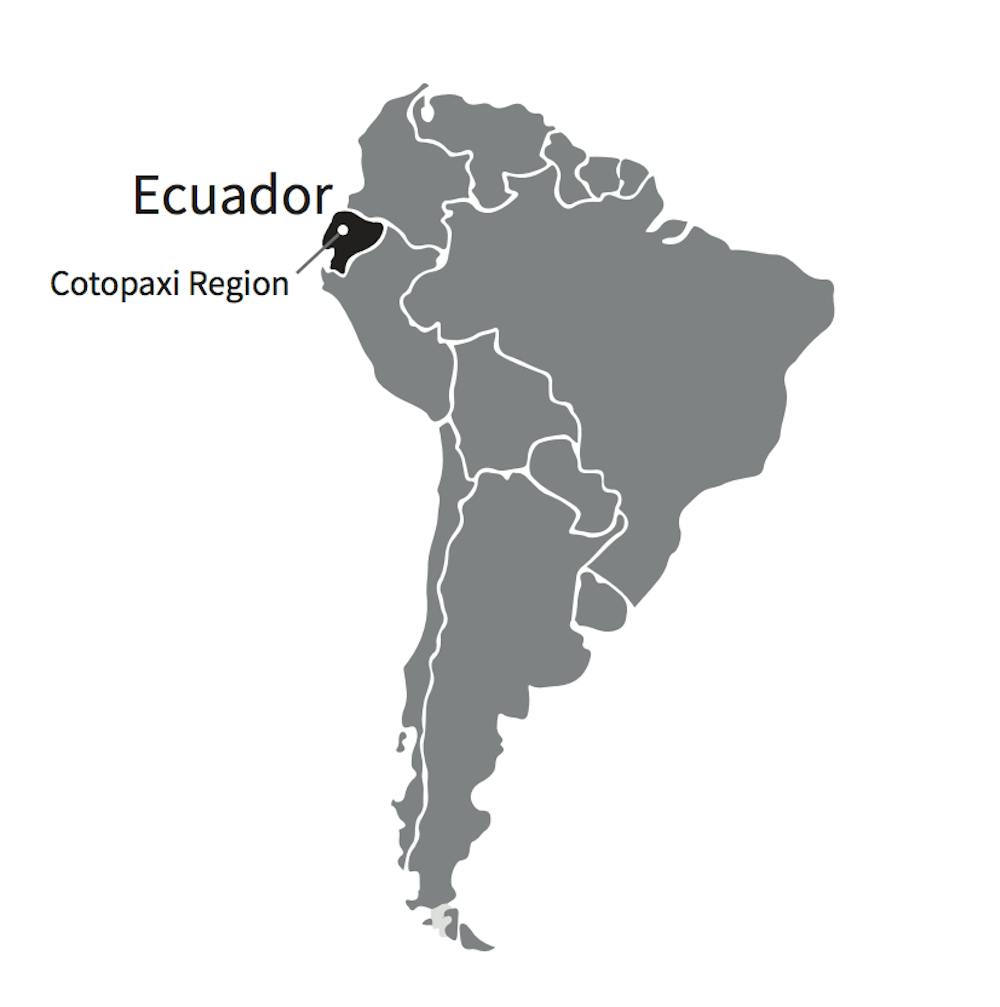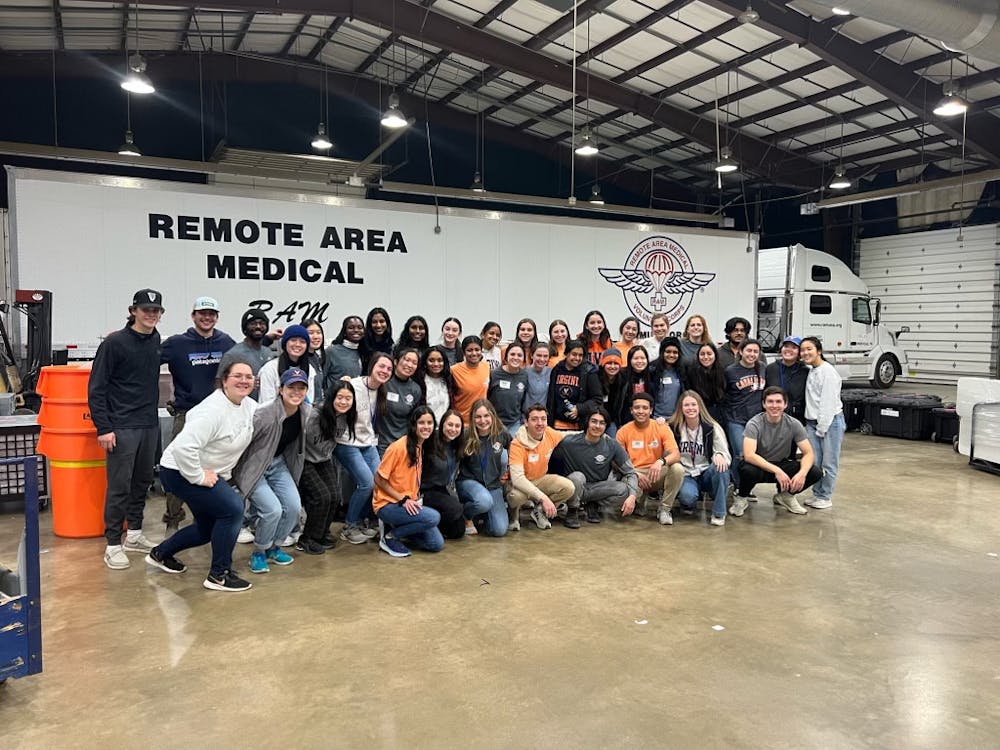The Center for Global Health hosted a discussion on early childhood nutrition Friday with two main areas of focus — general trends in early childhood nutrition and a project in Ecuador that reduced childhood stunting by giving infants eggs.
Throughout the world, the number of children with stunted growth is generally linked to income, with rates of stunting decreasing in Latin America and Asia, and increasing in Africa. Cognitive development tends to follow similar patterns.
Breast milk is considered the best form of nutrition for infants, and the World Health Organization recommends that it be the only food children receive for the first six months of life.
Chessa Lutter, WHO and Pan-American Health Organization Food and Nutrition Senior Advisor, said that many children around the world don’t receive this diet, or even one with a similar calorie and nutrient content.
“Less than one in five kids in Africa is getting this diet, in Asia we’re just a little bit above one in five,” Lutter said. “Latin America in general is doing better, again, very largely related to economic growth and degree of resources.”
The Lulun Project, which fed infants eggs as opposed to solely breast milk, was carried out in a region of Ecuador called Cotopaxi, which has high levels of stunting. Lulun means egg in Quechua, the area’s indigenous language.
Lulun focused on the complementary feeding period, the period in which foods besides breast milk are added to an infant’s diet. Children between the ages of six and nine months were given an egg a day for six months and were then compared to those who had not been given eggs.
The children in the egg group were found to have greater heights, or lengths-per-age, at the end of the six months.
Neighboring Peru recently seriously reduced levels of childhood stunting through government investments and policy changes. Lora Iannotti, associate professor at the University of Washington’s Institute of Public Health, helped lead the Lulun Project. She presented Ecuador’s president and health minister with the results of the study and said she is hopeful that it will lead them to make similar changes.
“To give you some context, this was one-third higher than the global effect that’s ever been found for complementary feeding,” Iannotti said. “We reduced stunting with the eggs, by 47 percent, and underweight by 74 percent. So this was astonishing.”
The study also found that no children appeared to have any allergies to the eggs, and that the children who ate eggs every day ate significantly fewer sugary foods.
Iannotti said that historically, students of complementary feeding have focused on a single nutrient, and therefore tend to rely on processed foods that can be fortified with just one nutrient. However, these studies tend to focus on the ability of a single nutrient to prevent a specific disease.
Iannotti and Lutter both wanted to focus on providing children with all the nutrients needed for overall development, so they focused on a food-based approach, specifically looking at animal source foods, like eggs.
Iannotti also emphasized the potential for harmful overload of a single nutrient.
“In very young children, there is a need to have an efficient delivery mechanism, that young children with small stomachs need to be able to absorb very quickly,” Iannotti said. “Animal source foods deliver these limiting nutrients that you see globally deficiencies in bioavailable packages.”





